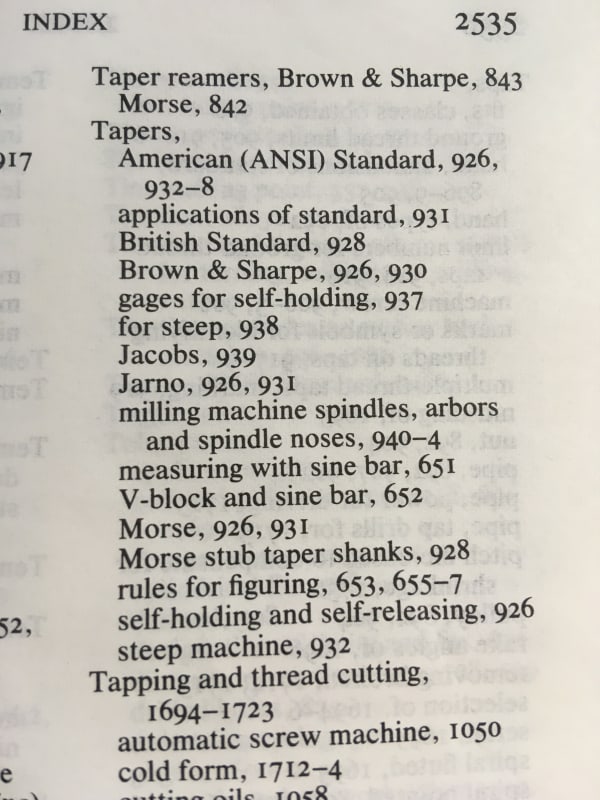PRESSEDSTEEL
Mechanical
Hello All,
I have a situation where mating parts do not match. The assembly is a spinning rotor. The tapers should be equal but the male is 16.6 degrees and the female is 16.3 degrees. This is a legacy problem that I have inherited. I looked up a chart for sizing tapers but it listed crazy dimensions such as 225/32. I am pretty sure the angles need to match. The stack up of tolerances in this assembly is critical in the axial dimension to maintain a radial clearance of .01. Another reference document defines the taper as 3.500 TPF. Which is the proper way to dimension this feature angle or TPF? Also how would you inspect this feature?
I have a situation where mating parts do not match. The assembly is a spinning rotor. The tapers should be equal but the male is 16.6 degrees and the female is 16.3 degrees. This is a legacy problem that I have inherited. I looked up a chart for sizing tapers but it listed crazy dimensions such as 225/32. I am pretty sure the angles need to match. The stack up of tolerances in this assembly is critical in the axial dimension to maintain a radial clearance of .01. Another reference document defines the taper as 3.500 TPF. Which is the proper way to dimension this feature angle or TPF? Also how would you inspect this feature?

